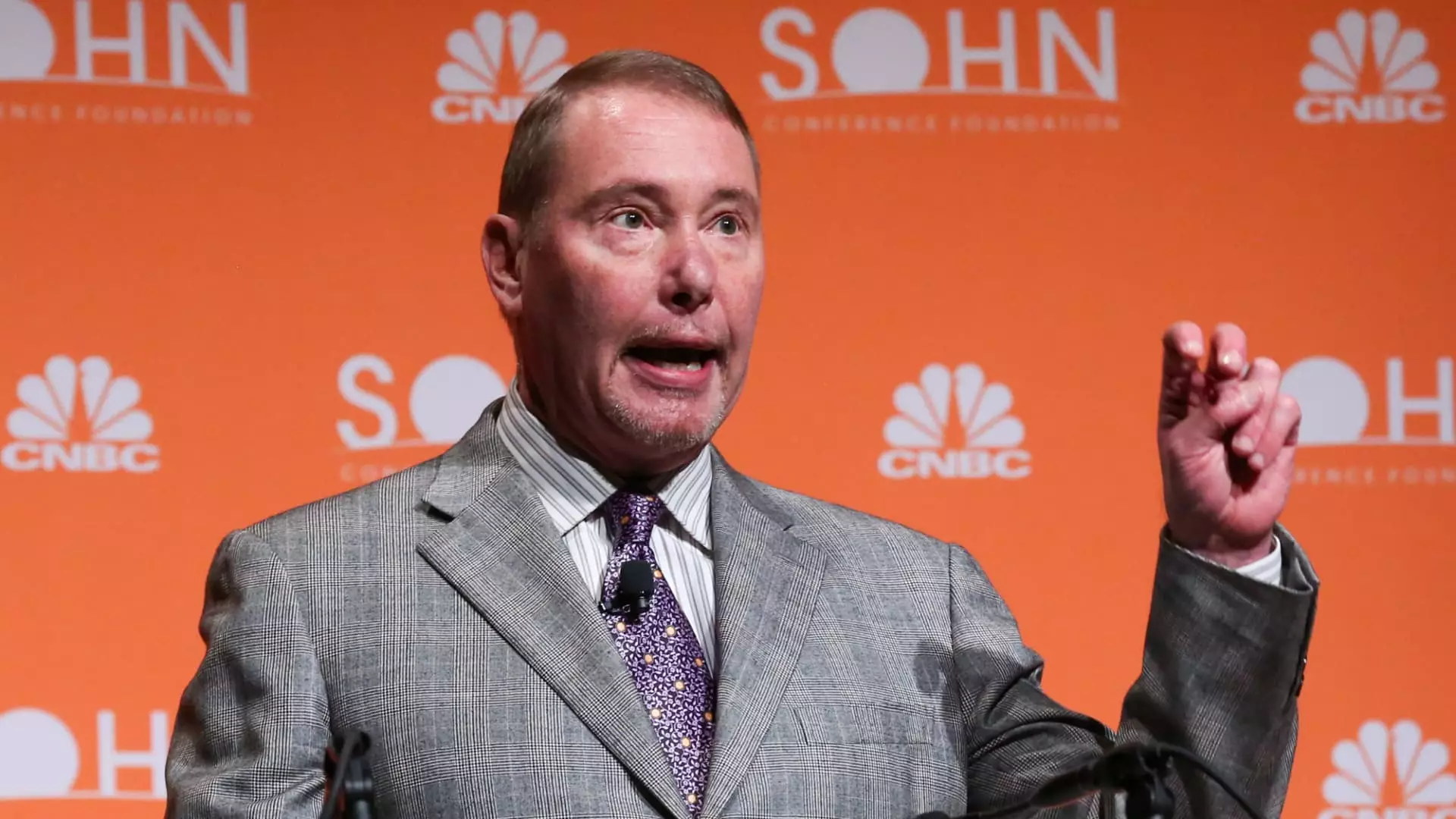In a recent interview with CNBC, Jeffrey Gundlach, CEO of DoubleLine Capital, provided insights into the Federal Reserve’s anticipated approach to interest rates over the next couple of years. Gundlach predicts only one to two rate cuts in 2025, indicating a cautious stance from the Fed as it carefully monitors the economic landscape. He emphasized that while a single cut seems likely, the idea of even two reductions is pushing the envelope of what can be expected. This limited expectation signifies the Fed’s deliberate pace regarding monetary policy changes, especially in light of current labor market conditions and inflation metrics.
The Federal Reserve recently opted to maintain its interest rates following a series of three reductions that concluded at the end of 2024. In articulating the rationale behind this decision, Fed Chair Jerome Powell alluded to the need for stability in the labor market, signaling that the economy is presently on stable footing. Gundlach echoes this sentiment, suggesting that the Fed is not in a position to initiate cuts in the immediate future. He implies that the next Fed meeting is unlikely to yield any changes—merely affirming Powell’s commitment to a patient approach amid existing economic strength.
As Gundlach analyzes the current financial landscape, he suggests that long-duration Treasury yields have more potential to rise, contradicting some market expectations. Notably, the benchmark 10-year Treasury rate has already climbed approximately 85 basis points since the Fed enacted its first rate reduction last year. Gundlach’s insights indicate that we have yet to see the apex of these rates, raising skepticism about investors’ strategies in a shift towards long-term U.S. government bonds. His forecasts suggest an impending upward move in long-duration rates, which could have significant implications for fixed-income investments.
One of the pivotal warnings from Gundlach concerns high-risk assets in the current economic environment. Given his projections regarding interest rates and an overall high market valuation, he advises caution when it comes to investing in riskier assets. With valuations elevated, the potential for market corrections may be heightened, particularly in sectors sensitive to interest rate fluctuations. Investors may need to reassess their portfolios as they navigate the challenges posed by rising long-term yields and a tightening economic outlook.
Jeffrey Gundlach’s perspective provides a critical lens through which to view the near future of monetary policy and investment strategy. With limited expectations for rate cuts and a projected rise in long-term Treasury yields, the market is at a crossroads. Investors must remain vigilant and adaptable, preparing for the complexities that may arise as the Federal Reserve navigates its measured approach in an evolving economic landscape. Understanding these dynamics will be essential for making informed investment decisions in the years ahead.

